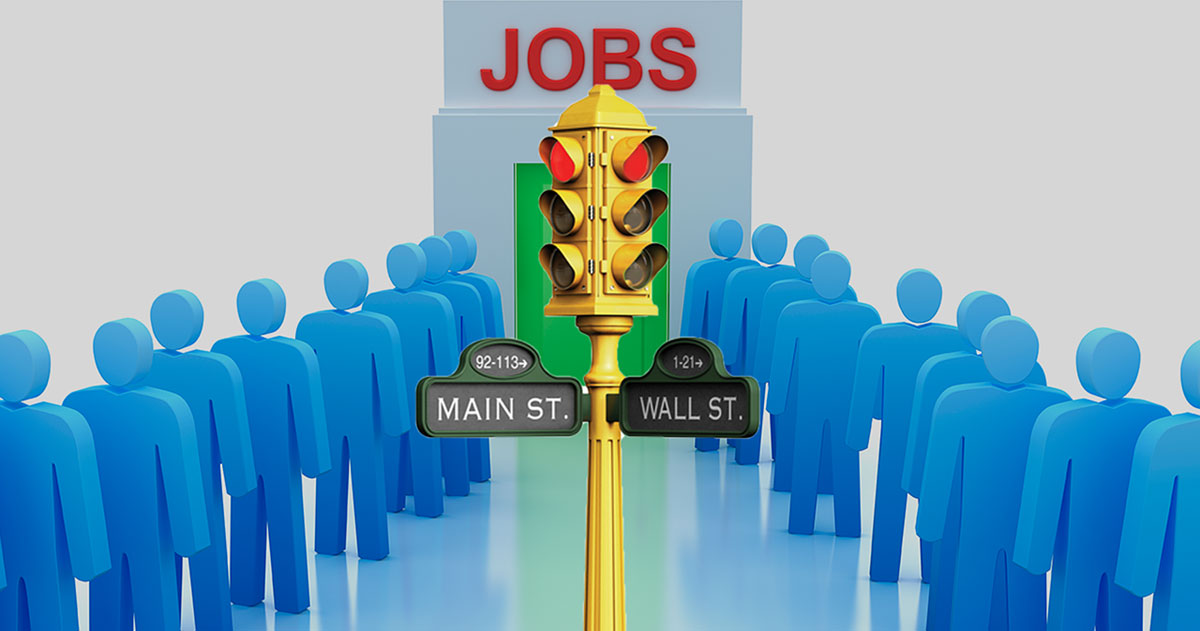Kansas, once ranked in the top 15 in the annual Rich States, Poor States study, dropped to 27th place this year.
The study’s authors, White House Advisors, and economists Art Laffer and Stephen Moore and the Vice President of the American Legislative Exchange Council Center for State Fiscal Reform, Jonathan Williams, released their research on April 15, Tax Day. Jonathan Williams is a fiscal policy fellow with Kansas Policy Institute (KPI). The annual study uses 15 metrics to rank each state’s economic competitiveness and its economic outlook.
“Generally speaking, states that spend less–especially on income transfer programs–and states that tax less–particularly on productive activities such as working or investing–experience higher growth than states that tax and spend more,” the 12th annual edition’s conclusion reads.
Kansas’s overall ranking has dropped precipitously since its high of 11th in 2013. The Sunflower State’s economic outlook improved after lawmakers cut taxes in 2012, but a series of tax increases, including the reversal of the 2012 income tax cuts, caused a ranking drop. In 2019, the state ranked 27th.
Williams said much of the reported record on Kansas’s tax cuts need correcting. Tax cuts aren’t the problem. Spending is.
“You cannot cut taxes on the state level without controlling the rate of spending,” Williams said of Kansas lawmakers. “They raised spending and they set themselves up for what has caused them to fall in Rich States, Poor States.”
The study’s metrics are used to rank each state in things like top marginal corporate and individual income tax rates, property and sales tax burdens, and legislated tax changes. Kansas receives high marks because it’s a right-to-work state, but ranks near the bottom, 48th, in the number of public employees it has per every 10,000 residents.
Moore said the same states frequent the bottom of the list each year. Last place finishers this year include New Jersey (46), California (47), Illinois (48), Vermont (49), and New York (50).
“They are in very much trouble financially,” Moore said. “Illinois is facing gigantic deficits and pension liabilities. The same is true in New Jersey and Connecticut.”
He noted that people are voting with their feet by fleeing high tax states and relocating to lower tax states. The initial impact to those states is financial as the tax base erodes, but the bottom states also stand to lose political clout, Williams said.
“We do document the connection between economic gains and now gains in migration and then U.S. House redistricting,” Williams said. “There are some big shifts ahead.”
New York, which has lost 1.3 million Americans to other states in the last decade, is likely to lose 1-2 U.S. House seats. Since 1960, the Empire State has lost almost 15 Congressional seats.
“That is a massive political consequence in addition to the economic consequence,” Williams said.
California, which has lost approximately 800,000 Americans in the last decade, may also lose a House seat for the first time in its history. Kansas frequently fares poorly in state out migration rankings but isn’t expected to lose a Congressional seat after the 2020 Census. Out migration is the net flow of Americans moving in to and out of a state over time.
Texas and Florida, which don’t have a state income tax, will likely be the big political winners. Texas, 15th in the 2019 study, added 1.3 million Americans since the last Census enough to add up to three House seats. Florida, eighth in the 2019 study, surpassed New York as the third most populated state in the country and may gain two U.S. House seats.
“California and New York are essentially educating the future workforce of Florida and Texas and the states that value competition,” Williams said.
Low tax states offer the same services as high tax states but at a lower cost, according to Williams.
“New York spends about twice as much as Florida does for the same delivery of public services,” Williams said.
For the 12th year, Utah ranked at the top of the list. It was followed by Idaho at second, North Dakota at third, and Nevada at fourth. Indiana rounded out the top five.


